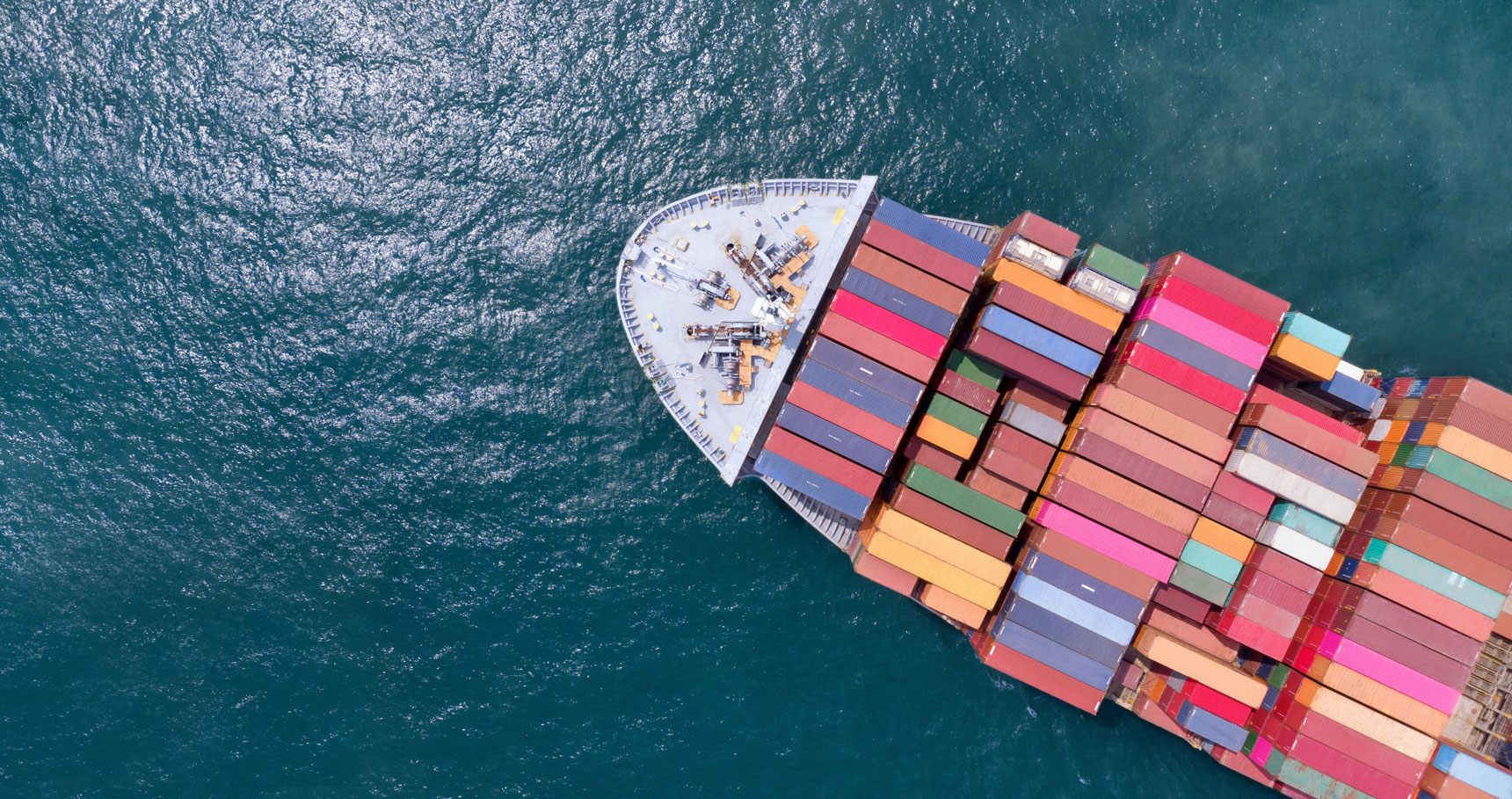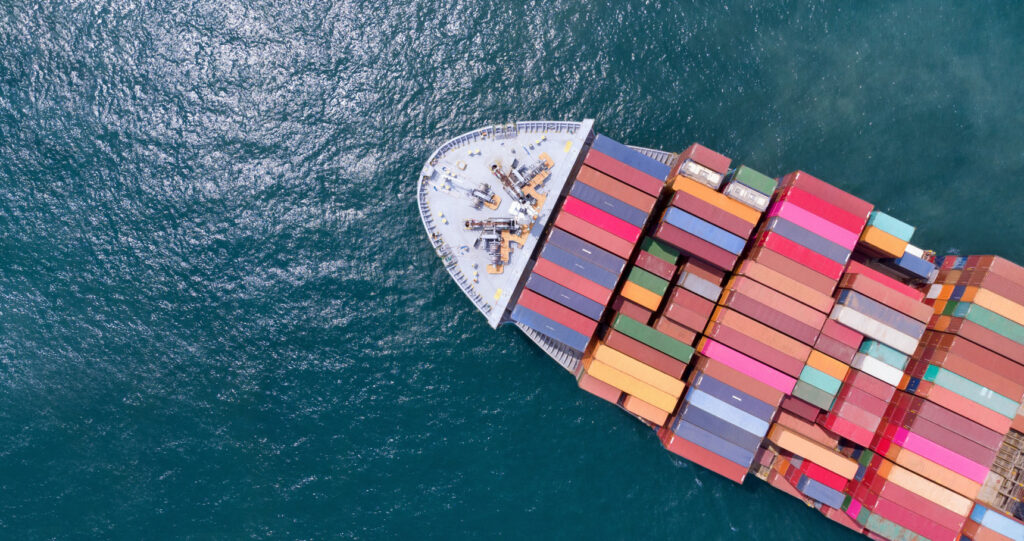
Image: Adobe Stock
Romania said on Thursday it will release up to 30 ships waiting to enter Romania from Ukrainian ports on the Danube River over the next two days, a sign that trade has not been disrupted despite a Russian attack on the main port. river in Ukraine. Ukraine is one of the world's biggest grain exporters and Russia has attacked its agricultural and port infrastructure for more than two weeks after refusing to extend a safe grain passage corridor negotiated by the United Nations and Turkey.
Romanian President Klaus Iohannis said Russia's continued attacks on Ukraine's civilian infrastructure on the Danube amount to war crimes.
{module Form RD}
Traffic across the river is Ukraine's last exit route for its grain exports since Russia effectively reimposed its de facto blockade, closing Ukrainian ports on the Black Sea last month.
Before Russia left the safe passage corridor, Danube ports accounted for about a quarter of Ukraine's grain exports. The grains are loaded onto barges, transported downstream through the territorial waters of NATO member Romania and from Romania's Black Sea port of Constanta.
Commercial ship tracking data shows the river and its mouth surrounded by vessels trying to reach and leave Ukrainian ports. “We are trying to deal with these clusters in the best possible way, to alleviate navigation congestion on the Danube,” Florin Uzumtoma, director of navigation at Romania's Danube management agency, told Reuters. “We will clean about 30 ships in two days, at least 12 today, if not 14, and the rest tomorrow.”
Uzumtoma said the government cleared a record number of ships from Ukraine's interior ports in May and June, more than 477 per month. “May and June were peaks, and we hope that August will have a peak too, despite everything,” he said.
In late July, the director general of the Danube Commission, an intergovernmental organization that manages navigation on the river, told Reuters that Ukrainian inland ports needed to be protected from air strikes to restore confidence and ensure that grain exports could Continue.
Source: Seane Lennon | agrolink
{module Read Also}











